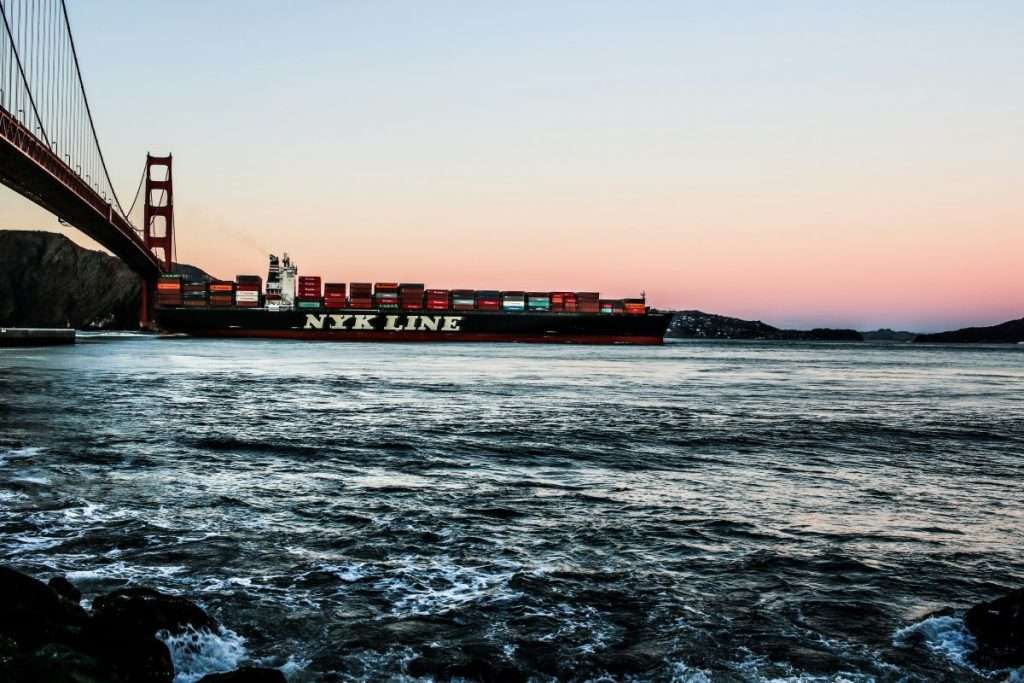The study, led by Michael Shields, a Johns Hopkins University engineer specializing in risk assessment, used data mining techniques to identify the nation’s bridges most vulnerable to ship collisions. The team collected six years of U.S. Coast Guard data, detailing the precise location, heading, speed, and status of every ship traveling through the country’s waters. This data was cross-referenced with port and bridge data from the National Bridge Inventory to determine which large ships passed under bridges.
The results revealed that three bridges had the most traffic from the very largest ships: The Verrazzano-Narrows Bridge in New York City, the Talmadge Memorial Bridge in Georgia, and two San Francisco Bay Area bridges. Other bridges with significant traffic from large ships include Houston’s Fred Hartman Bridge and several bridges along the Mississippi River, including the Crescent City Connection in New Orleans.
Beyond Traffic: Other Risk Factors
However, Shields cautioned that high ship traffic alone doesn’t necessarily mean a bridge is at high risk for collisions. Other variables, such as local shipping channel conditions, existing shipping safety practices, and individual bridge protections, also play a role in determining risk.
The study was initiated following the collapse of Baltimore’s Key Bridge in March, which was struck by a drifting containership. The team believes that the risk to the Key Bridge amid modern shipping traffic had been underestimated and that there is a high chance for another such incident. The hope is that this study will guide decision-makers in strategically directing safety investments to the bridges most in need.





